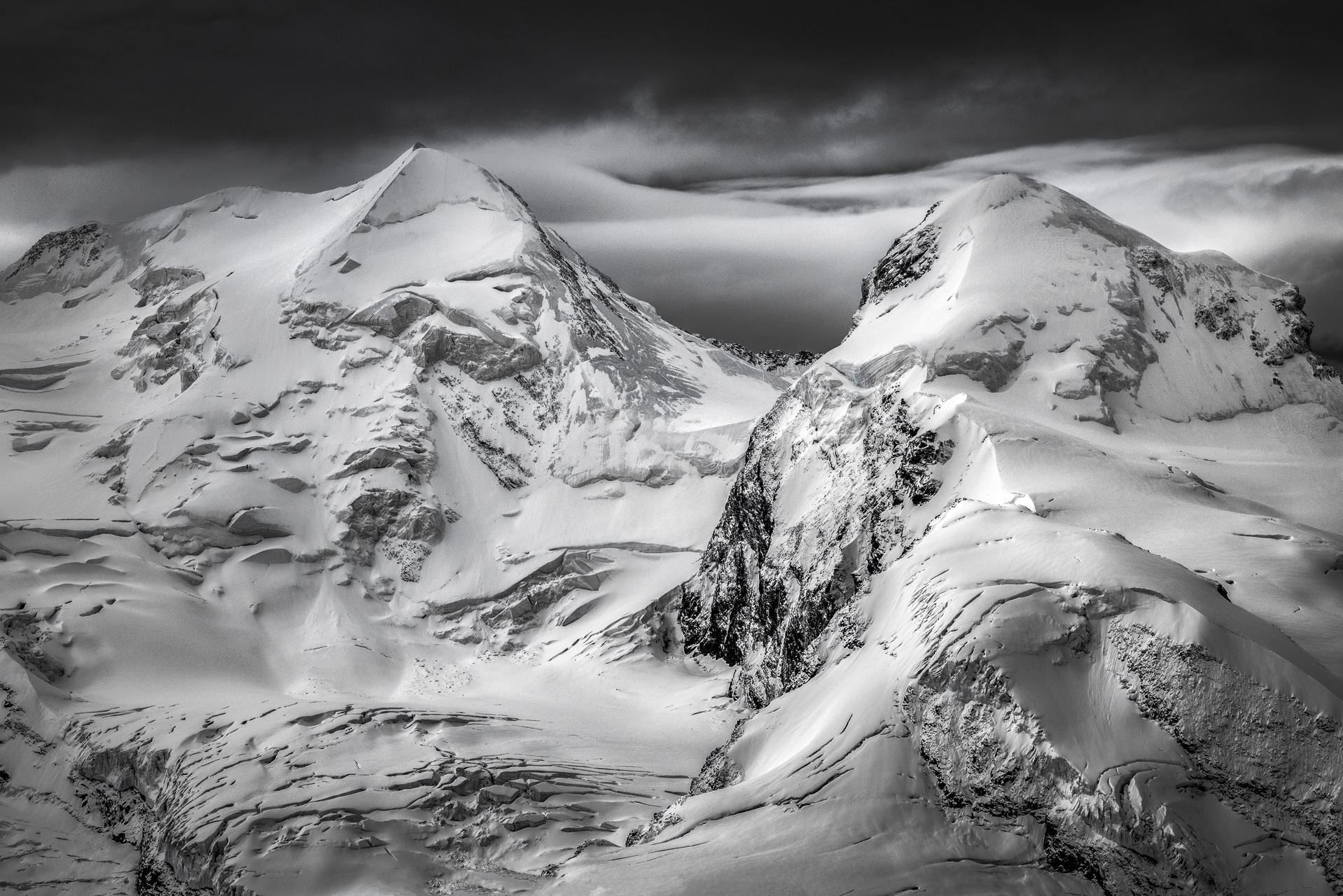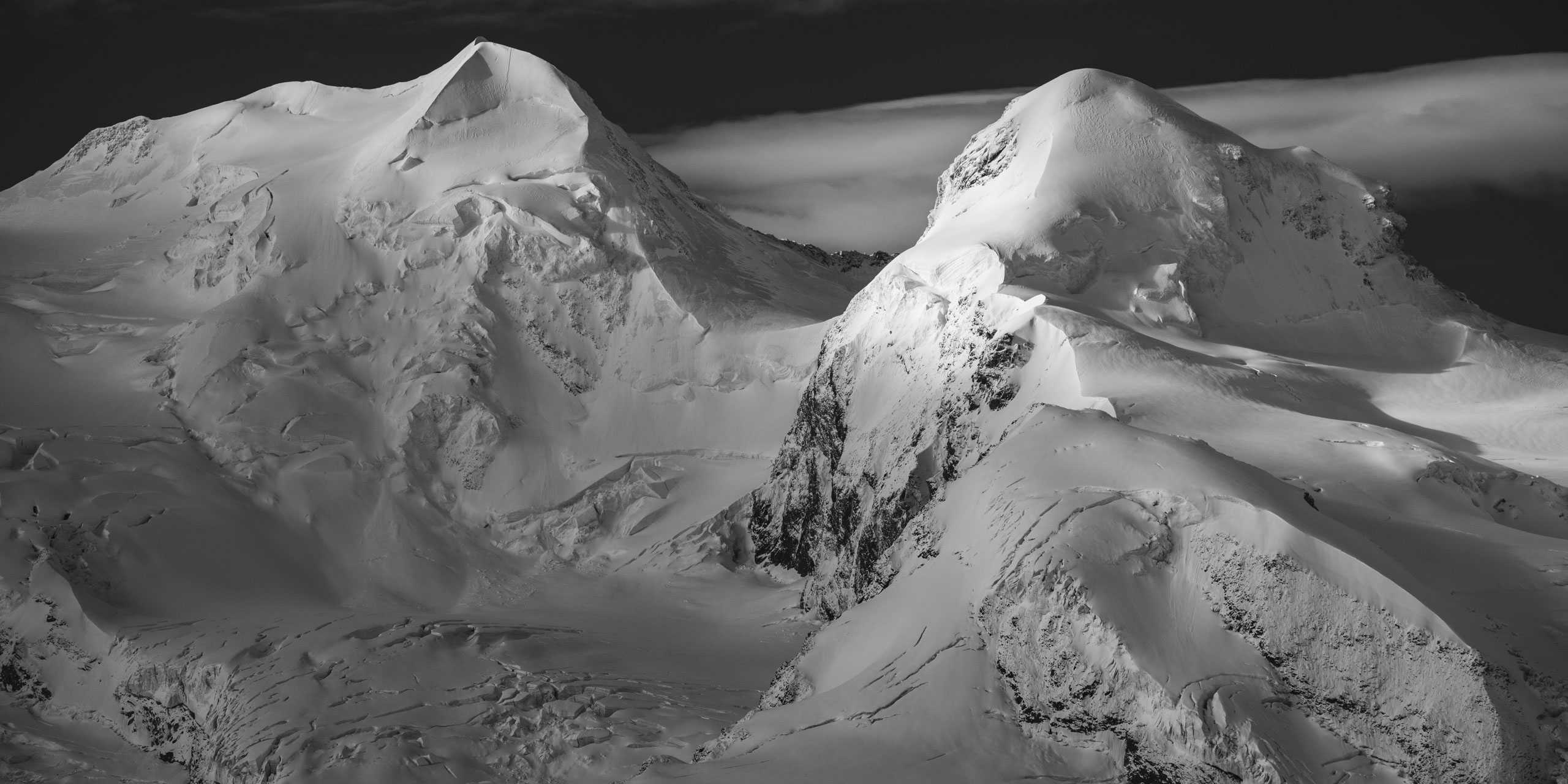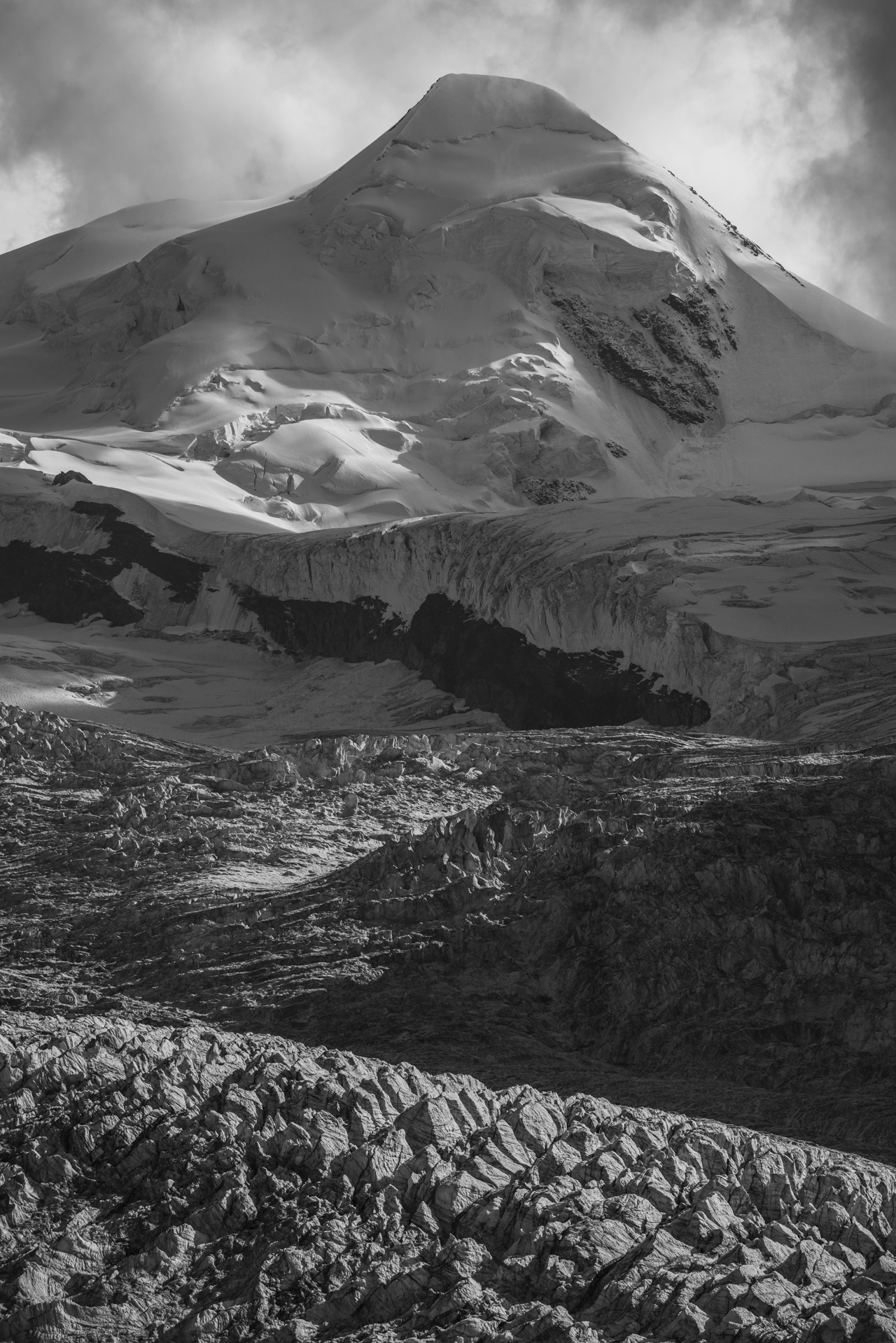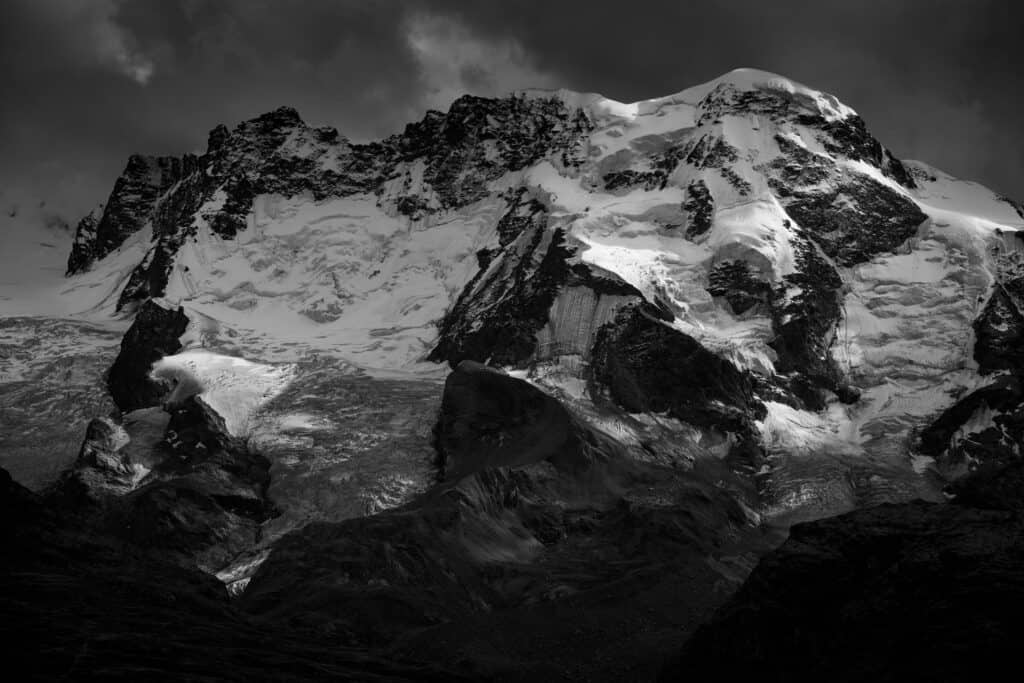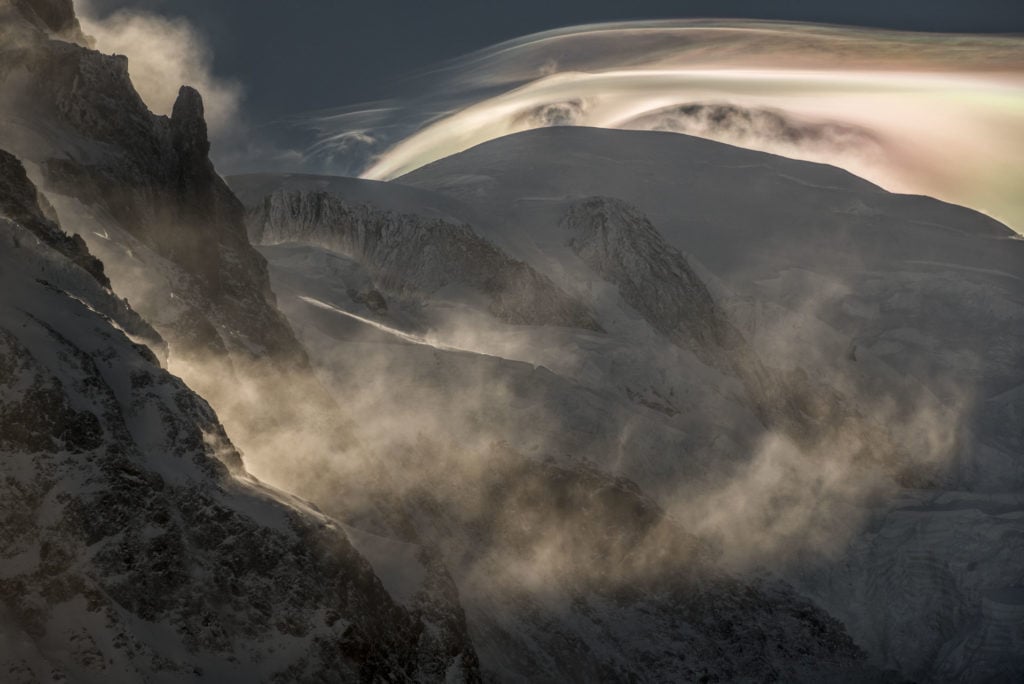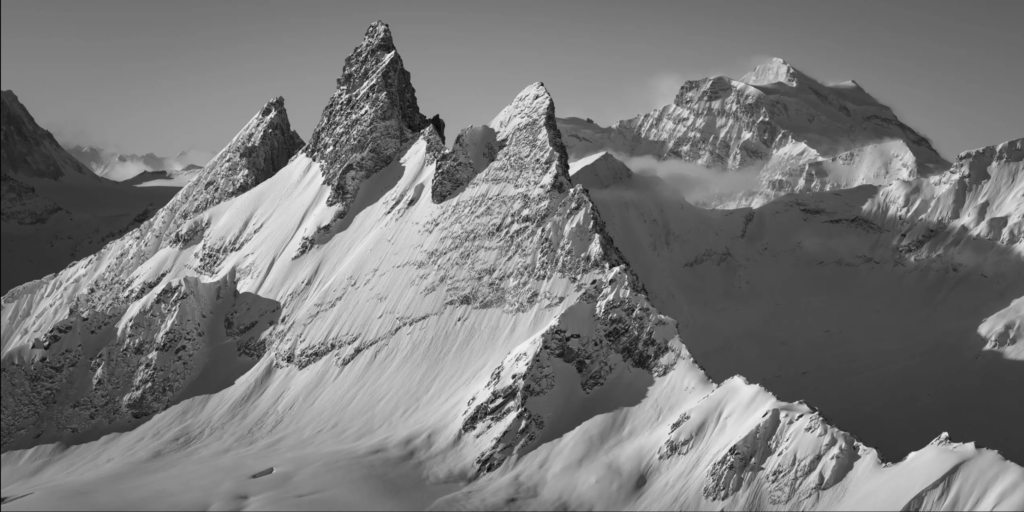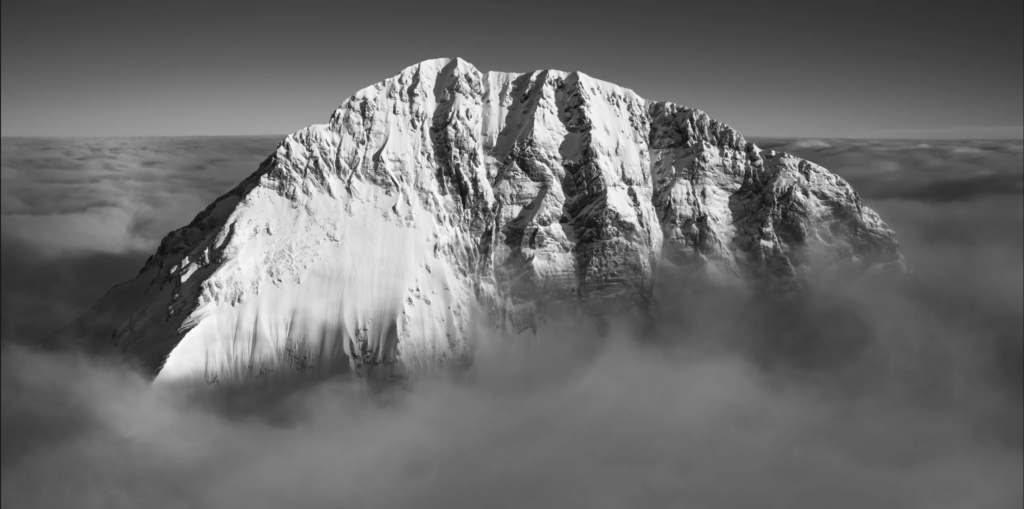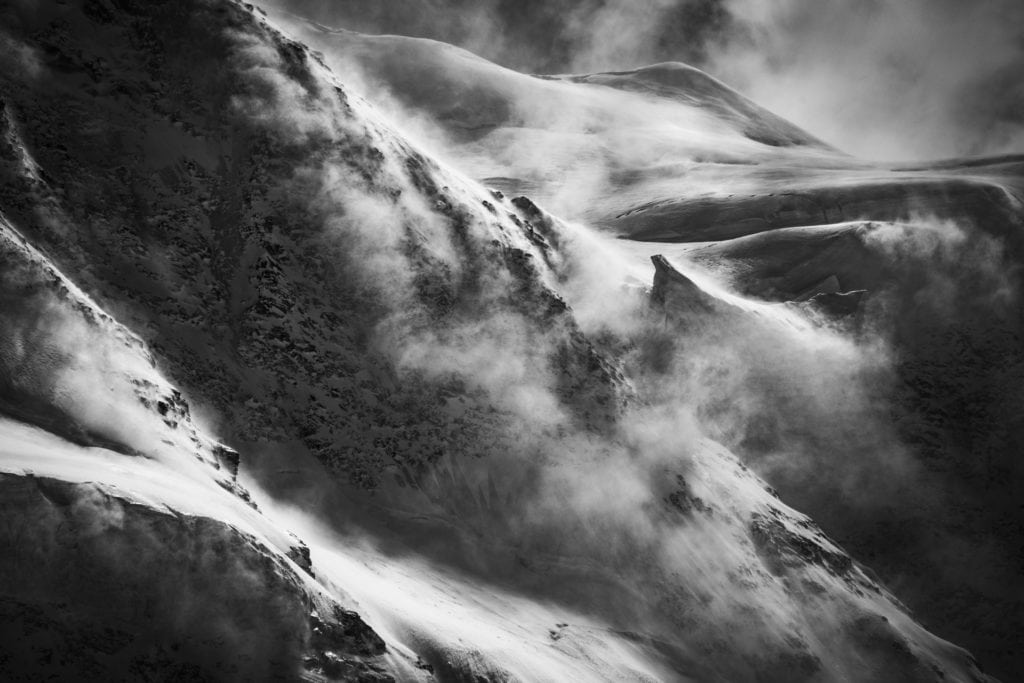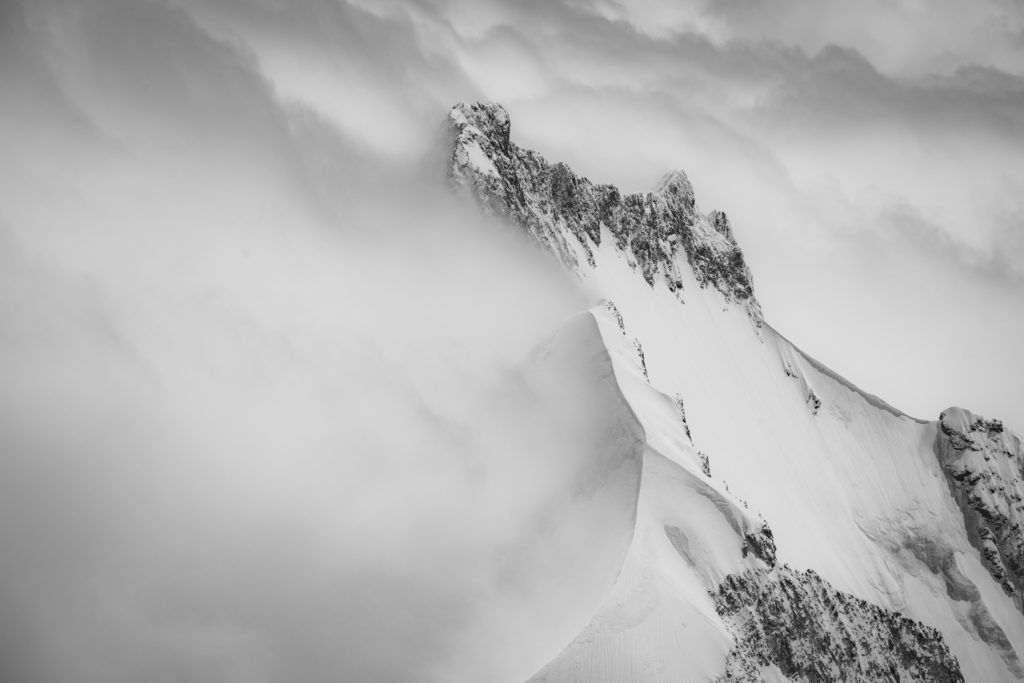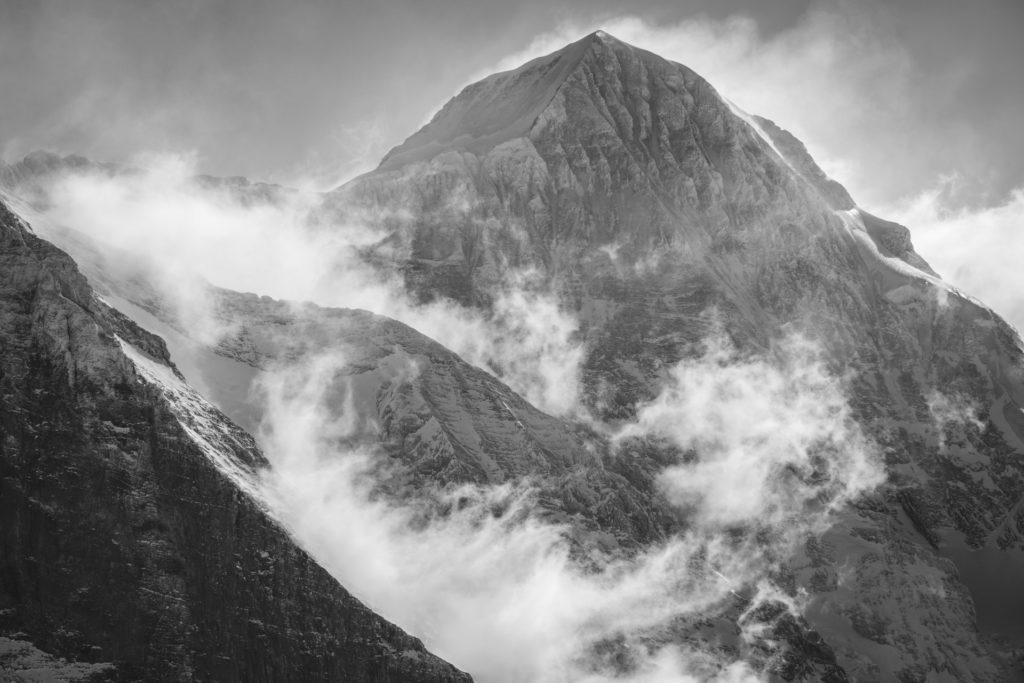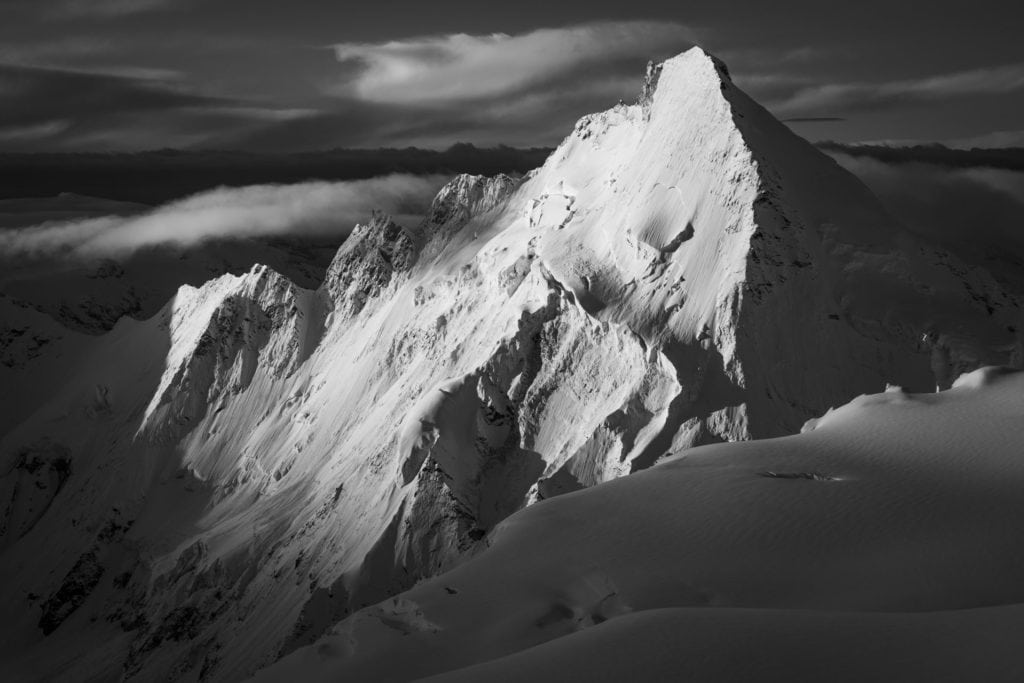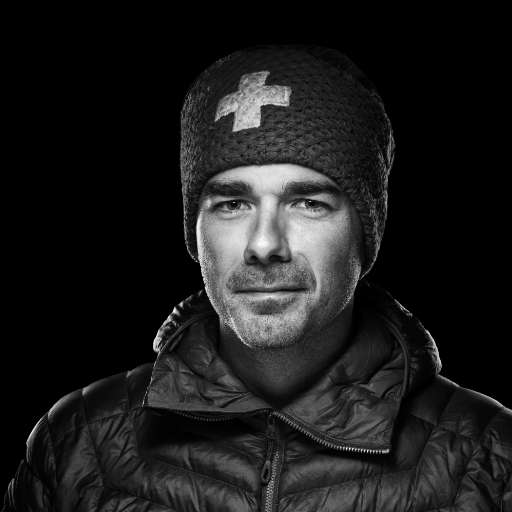On the borders of Switzerland and Italy, two mountains tell a mythical story. Their eagerness to unite at the dawn of time to gain in power and majesty. Their fierce determination to embody greatness in the heart of a kingdom where all is beauty. Introducing Castor and Pollux, the heavenly twins of the Valais Alps.
Castor and Pollux: Legendary story of the Alpine Twins
The twin mountains were named after the sons of a mythical figure. The wife of Tyndare, the famous king of Sparta, Leda gave birth to Castor and Pollux, two legendary brothers known as the Dioscuri. They broke free from Greek mythology to leave their mark on the high summits the Alps.
On the border between Valais and Valle d'Aosta, Castor and Pollux are surrounded by giants. Under the benevolent gaze of the Breithorn and Liskamm, the Twins rise to over 4,000 m in altitude. Pollux, to the west, peaks at 4087 m, while Castor, to the east, rises to an altitude of 4223 m. The colossi don an armour of ice to face the sky and reign over a world of eternal snow. For all around them, glaciers trickle down to the valleys. To the north, the Schwärzegletscher and Zwillingsgletscher join the Gornergletscher, which feeds Zermatt and its valley. To the south, the Véraz glaciers supply water to the Val de Véraz in the Italian Alps. Forever linked by the Zwillingsjoch, Castor and Pollux echo a divine kingdom at the gates of heaven. And from ridge to ridge, their dazzling whiteness illuminates the Alps.
Castor et Pollux: Ascents to the summit the Valais Alps
The Jumeaux du Valais traverse is accessible to any experienced mountaineer. But this classic route is no less of an adventure. In the high mountains, splendor rubs shoulders with the worst dangers. When the weather changes, when the winds pick up on the glaciers, it becomes difficult to find your way to the summits. And when the heat of the summer sun melts the snow at altitude, the ice reveals its gaping, merciless crevasses. So man must remain on his guard, listen to nature and never give in to the sin of pride. Only then can the mountain open up its snow-covered flanks and rocky ridges.
On August 23, 1861, W. Mathews and F.W. Jacomb achieved the feat of being the first to climb the Castor with their guide, Michel Croz. The team crossed the Felikgletscher to the Felikjoch. They then crossed the south-east ridge of the Castor to its summit. Then, in 1911, C. Fortina and A. Welf made the first ascent of Mount Castor via its southwest ridge.
On August 1, 1864, Jules Jacot, Josef-Marie Perren and their guide Peter Taugwalder made the first ascent of Pollux. They set off from the Schwarztor and reached the summit the mountain via its southwest ridge. A few years later, on August 18, 1910, its north ridge was conquered by John Percy Farrar, R. Wylie Lloyd and their guide Josef Pollinger. This was the team's most spectacular route to the summit of Pollux.
The Castor and Pollux mountains are also the scene of winter feats. In March 1913, Alfred von Martin and Karl Planck made the first ski descent of the Valais Twins. Ever since, the mountains have been a popular destination for hikers in search of adventure and a change of scenery.
Castor and Pollux, divinities from our imagination, are the pride of the Valais Alps. These celestial twins have made the Aosta and Zermatt. And as winter approaches, I feel an irrepressible urge to photograph them. Like a testimony to the Alps of a thousand years, like a vibrant tribute to the high mountains.
